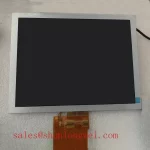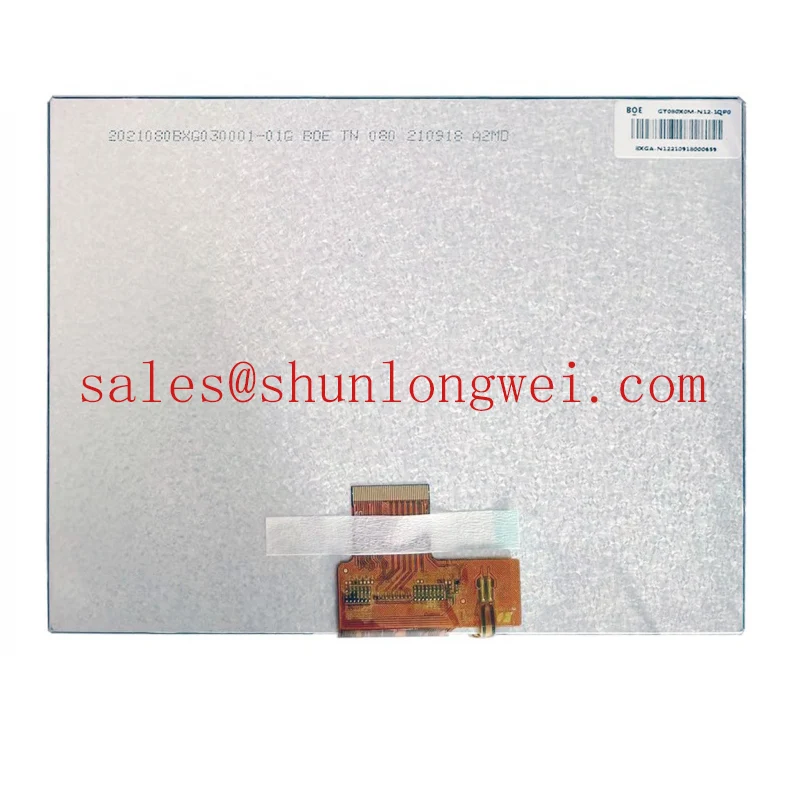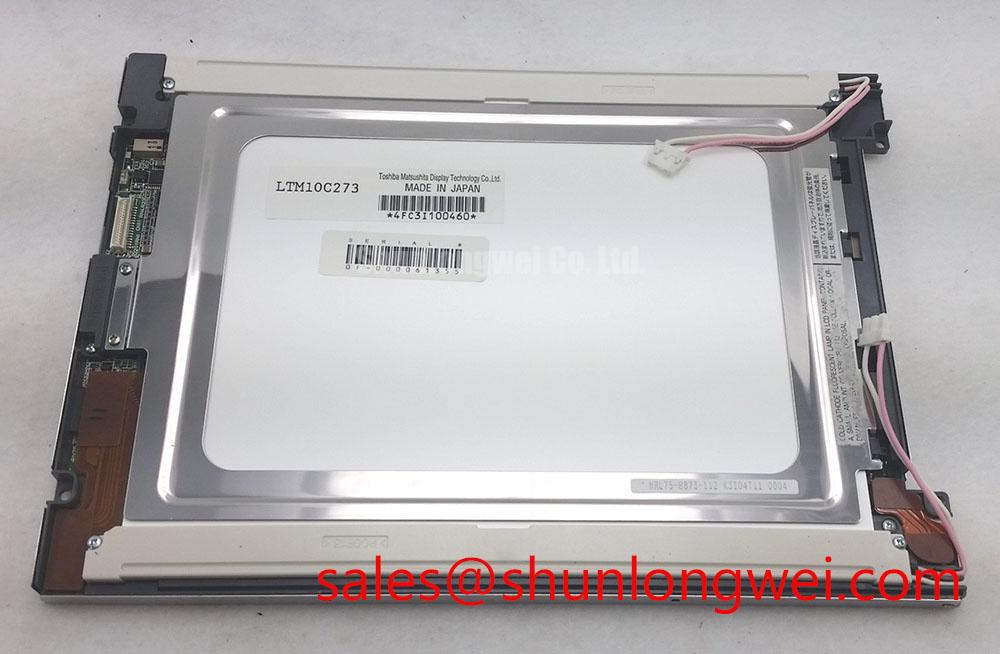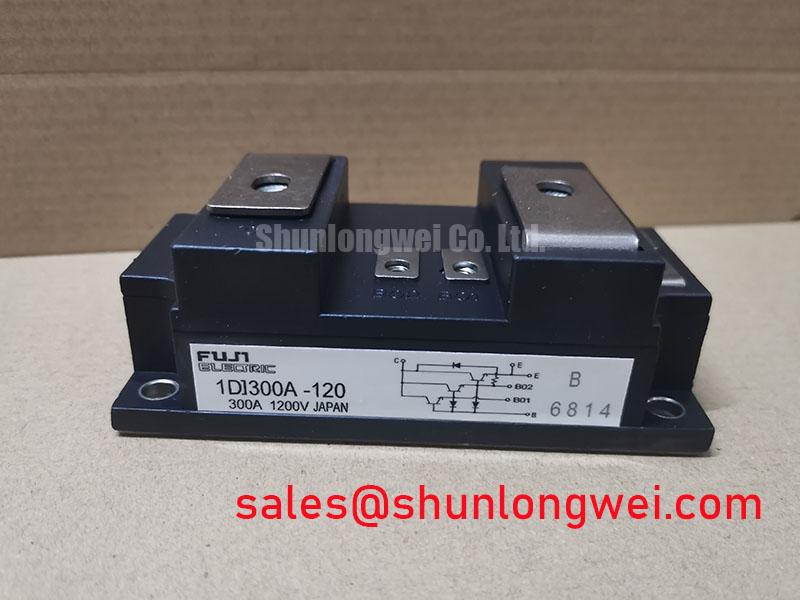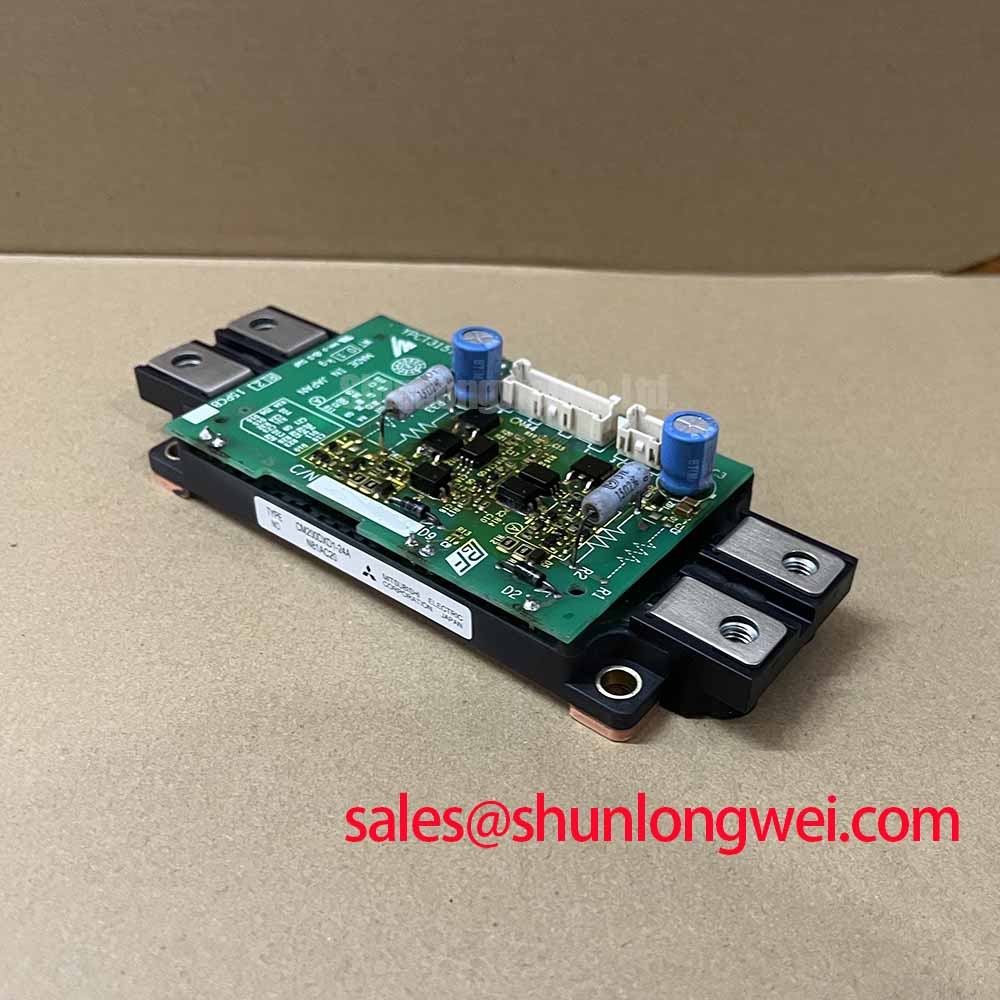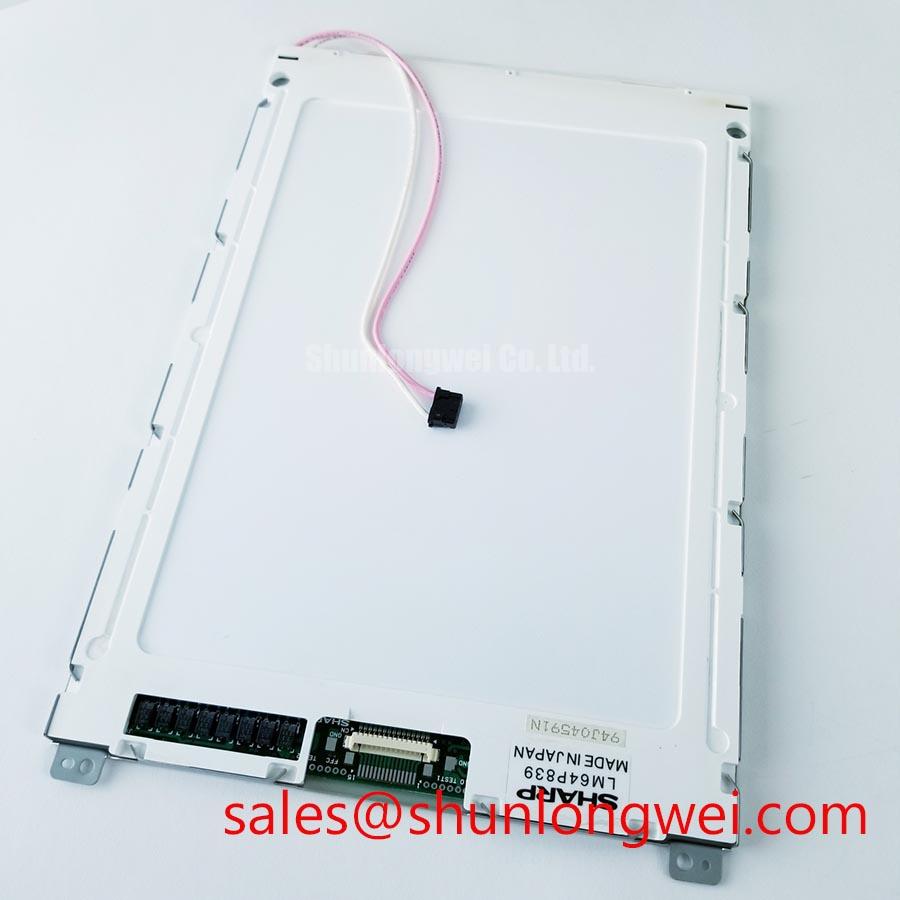GT080X0M-N12-1QP0: 8-inch XGA Display for Long-Term Industrial HMI Stability
A Foundation of Proven Technology for Predictable Performance
The GT080X0M-N12-1QP0 is built upon a-Si (Amorphous Silicon) TFT-LCD technology, a cornerstone of industrial displays renowned for its manufacturing maturity and consistent performance. This technological choice ensures a stable, reliable visual interface, critical for applications where uptime and clarity are paramount. Driving this panel is a standard LVDS (Low-Voltage Differential Signaling) interface, which provides robust noise immunity and simplified high-speed data transmission from the system controller. This combination of a mature pixel structure and a resilient data interface makes the GT080X0M-N12-1QP0 an engineering-first choice for developing new systems or extending the life of existing equipment with minimal integration overhead and maximum reliability.
Application Blueprints: Where Compatibility Drives Value
The specific 4:3 aspect ratio and XGA resolution of the GT080X0M-N12-1QP0 make it an essential component in sectors that value consistency and backward compatibility. Its deployment ensures that established user interfaces and mechanical enclosures do not require costly redesigns. Key applications include:
- Industrial Automation Panels: Serving as a direct-fit upgrade for legacy Human-Machine Interfaces (HMIs) and SCADA systems, preserving the integrity of control room layouts and operator muscle memory.
- Test and Measurement Equipment: Providing clear, high-density data visualization for oscilloscopes, spectrum analyzers, and other diagnostic tools where the 4:3 form factor has been a long-standing standard.
- Medical Monitoring Devices: Delivering stable and reliable waveform and vital sign readouts in patient monitors and diagnostic imaging consoles, where consistency across device generations is crucial for user training and certification.
- Avionics and Marine Displays: Functioning as a replacement component in certain non-critical cockpit and bridge systems that were originally designed around the XGA 4:3 standard.
-
For a deeper understanding of the foundational technology, explore The Ultimate Guide to TFT-LCD, which covers the principles behind panels like this one.
Core Specifications Overview
The GT080X0M-N12-1QP0 delivers a balanced set of features optimized for industrial environments. Its performance is rooted in a specification sheet that prioritizes clarity, integration ease, and operational robustness.
| Functional Group: Optical Characteristics | |
|---|---|
| Panel Size | 8.0 inches |
| Resolution | 1024(RGB)x768 [XGA] |
| Brightness | 400 cd/m² (Typ.) |
| Contrast Ratio | 500:1 (Typ.) |
| Viewing Angle | 75/75/75/70 (L/R/U/D) |
| Surface Treatment | Antiglare |
| Functional Group: Electrical & Interface | |
| Signal Interface | LVDS (1 ch, 8-bit) |
| Backlight | WLED |
| Functional Group: Mechanical & Environmental | |
| Outline Dimensions | 183 x 141 x 3.7 mm |
| Active Area | 162.048 x 121.536 mm |
Interpreting Key Parameters for Your Design:
Contrast Ratio (500:1): The contrast ratio is the measure of the difference between the brightest white and the darkest black the screen can produce. A 500:1 ratio provides distinct separation between colors and shades, which is critical for the readability of complex GUIs, schematics, and text in typical indoor industrial lighting. Think of it like the clarity of a traffic signal on an overcast day; a high contrast ensures the message is unambiguous, reducing operator error.
LVDS Interface: This interface is the data highway between your controller and the display. Its differential nature makes it highly resistant to the electromagnetic interference (EMI) commonly found in industrial settings with motors and high-power equipment. This inherent robustness simplifies board layout and helps achieve system-level EMC compliance. For more on this, Texas Instruments provides an excellent overview of the LVDS interface standard.
Engineering Deep Dive: The WLED Backlight System
At the heart of the GT080X0M-N12-1QP0's visual performance and longevity is its White Light-Emitting Diode (WLED) backlight unit. This technology represents a significant advancement over older Cold Cathode Fluorescent Lamp (CCFL) systems. The engineering value translates into three main areas: longer operational life, stable brightness, and lower power consumption. The solid-state nature of LEDs provides superior resistance to shock and vibration, a common stress factor in industrial machinery. Furthermore, the WLED system delivers consistent brightness with minimal color shift over tens of thousands of operating hours, ensuring that the HMI remains readable and compliant throughout the machine's lifecycle. This long-term stability directly lowers the total cost of ownership by reducing maintenance cycles and the need for premature display replacements. It is the display equivalent of upgrading from incandescent factory lighting to a modern LED system—the upfront component is only part of the story, with the real value delivered through years of reliable, efficient operation.
Strategic Advantage in a Widescreen World
While the consumer and commercial display markets have overwhelmingly shifted to widescreen formats (16:9 or 16:10), the industrial sector faces a different reality. A vast installed base of machinery and control systems was designed around the 4:3 aspect ratio. For these systems, a "simple" screen upgrade to a widescreen format can trigger a cascade of expensive modifications, including mechanical re-tooling of the front panel, extensive software UI redesign, and operator retraining. The BOE GT080X0M-N12-1QP0 provides a strategic solution to this challenge. It acts as a bridge, allowing companies to modernize the display component—gaining the reliability of a new WLED backlight and a fresh panel—while preserving the proven and certified system architecture. This de-risks the upgrade process, contains costs, and extends the revenue-generating life of valuable capital equipment, making it a sound decision for asset and lifecycle managers.
Selecting the Right Form Factor: A Practical Guide
Choosing a display often involves more than just comparing specifications; it's about aligning the component with the project's core objectives. The GT080X0M-N12-1QP0 is a specialized tool for a specific job.
Choose the GT080X0M-N12-1QP0 when:
- You are upgrading or servicing equipment with an existing 8-inch, 4:3 aspect ratio display.
- Minimizing software and UI redevelopment is a primary project constraint.
- The mechanical enclosure is fixed, and a drop-in replacement is required to control costs.
- Your application's user interface is optimized for the XGA (1024x768) resolution.
Consider a widescreen alternative, such as the AT080TN64, when:
- You are creating a completely new product design and can leverage a modern, wide aspect ratio.
- Your software UI is flexible or being developed from scratch to display more information horizontally.
- The product aesthetics benefit from a more contemporary widescreen look.
The decision hinges on project continuity versus new development. The GT080X0M-N12-1QP0 excels at ensuring continuity, providing a high-quality, reliable path forward for established industrial systems.
To ensure the GT080X0M-N12-1QP0 meets the specific form, fit, and function requirements of your system, contact our engineering support team. We can help verify compatibility and provide the necessary documentation to streamline your integration process and secure your supply chain for the long term.






